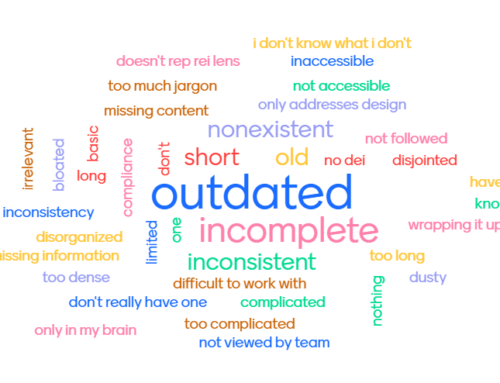
You’ve heard the message that sharing content from other sources with your own supporters is not only a good idea because it’s less content you have to create yourself, but also because it positions you as an trusted and reliable source of information.
But once you’ve found a bunch of great stuff to share, how do you actually go about doing that?
Adding Value to What You’ve Found
Your first decision is the extent to which you want to add value to what you’ve found.
Simply culling out the best stuff from all the noise out there is a service in and of itself, and you can share your favorite links from the past week or two in a roundup blog post or newsletter article, like my Mixed Links posts on Fridays.
But you can also add value to that collection of information in a few ways that make it even more helpful.
- Group links into categories that make sense for your supporters or participants. You might group them by topic, or by experience level, for example.
- Add a little bit of content of your own to connect the pieces you are curating into a more complete picture.
- Put the content in order of importance, or in a Step One, Step Two, Step Three sequence so people know where to start.
- Point out the differences between the pieces of content you are recommending.
Always Give Credit . . . You’re a Curator, Not a Thief!
As you curate content, remember to always give credit to your sources. Link back to the original location where you found the information whenever possible. When it’s not possible, include attribution in your text. Remember, you passing on someone else’s good stuff to your supporters, not stealing it and disguising it as your own. You may be arranging the flowers in the vase, but you didn’t grow them.
It’s also best to follow what are called “fair use” guidelines. For example, it’s much better to quote a few lines or to summarize a few points in your own words and to link back to the full article, rather than to reprint a full article on your own website. That’s consistent with fair use. See my post “Curating Content Versus Stealing It” for more.
If you reprint large sections or an entire article without permission, that’s called “scraping” content, and you won’t make any friends doing it. In many cases, you’ll be violating copyright laws. When you do want to reprint a large section of something, or the whole thing, always ask the author for permission.
If you want more on curating content, join me on August 24th for her new webinar Sharing Is Caring: How to Curate Content to Engage Followers (and Save You a Ton of Time).






